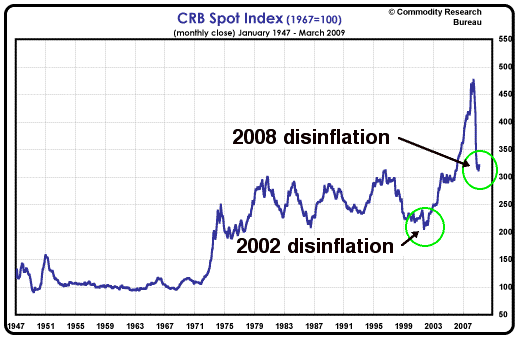Re: Deflation fare thee well – Part I: In search of real returns in an unreal world - Eric Janszen
That's not what I meant.
The USD is a flexible yardstick. It's the international value of the dollar that's one of the major drivers of the markets. When the value of the USD with respect to other currencies goes down, stocks, commodities and other assets priced in USD go up, and vice versa. For example, if the market starts to look cheap in EUR or JPY as a result of a weaker dollar, then investors with their primary holdings in those currencies tend to buy.
Originally posted by dummass
View Post
The USD is a flexible yardstick. It's the international value of the dollar that's one of the major drivers of the markets. When the value of the USD with respect to other currencies goes down, stocks, commodities and other assets priced in USD go up, and vice versa. For example, if the market starts to look cheap in EUR or JPY as a result of a weaker dollar, then investors with their primary holdings in those currencies tend to buy.




Comment